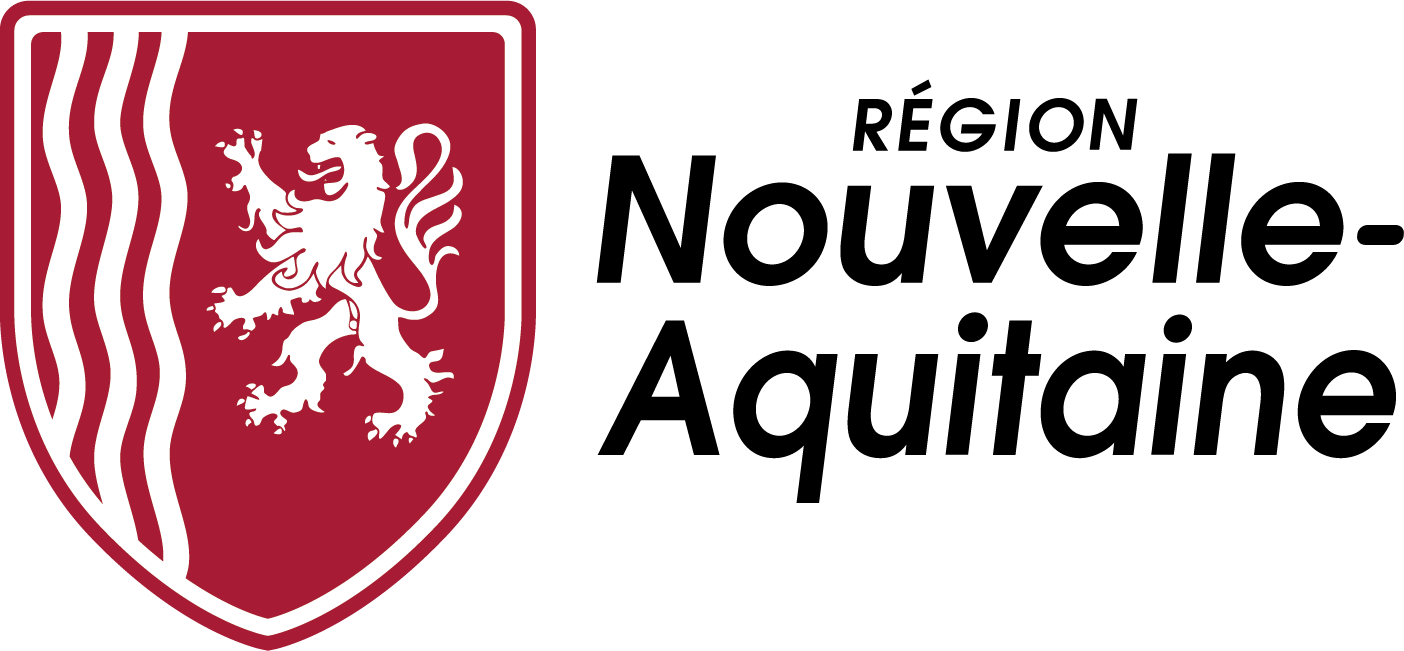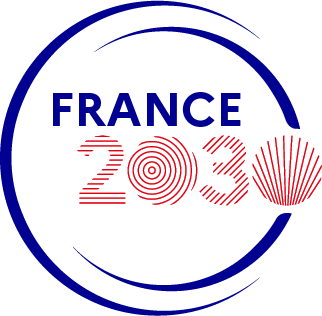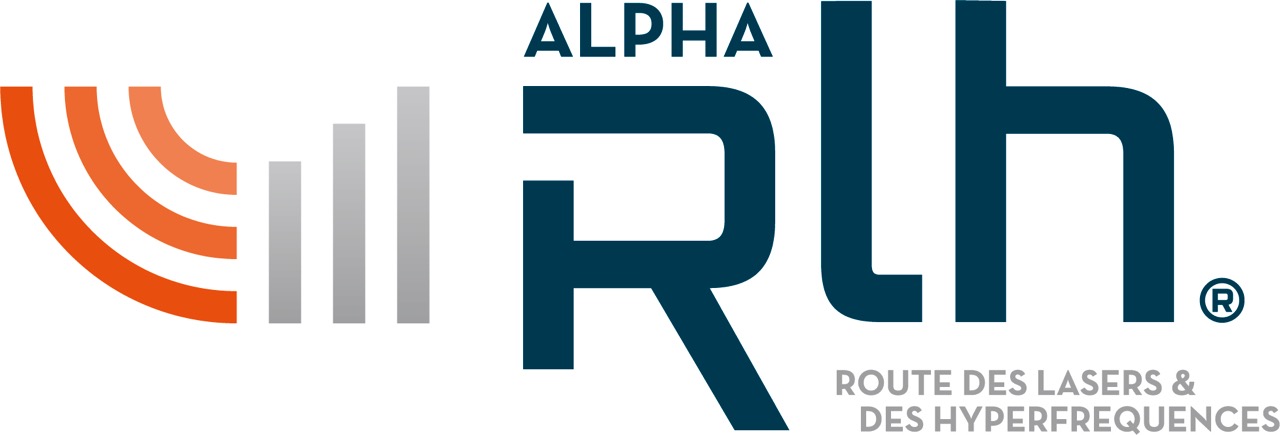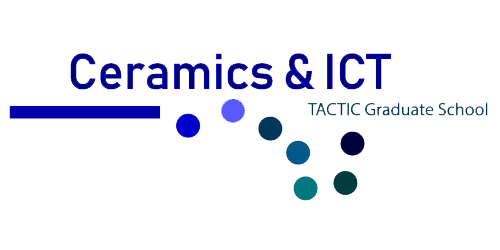You are here
Photo-realistic 3D Modeling of Urban Planning Objects Using Intelligent Pattern Recognition Techniques
TSENOGLOU Theocharis
Abstract:
Realistic 3D modeling and texturing of buildings and other urban planning objects is an active research area in the field of 3D city modeling, heritage documentation, virtual touring, urban planning, architectural design and computer gaming. The lack of photo-realistic texture not only makes building models less realistic in visualization, but it may also, in some cases, fail to provide needed information. The aim of the proposed work is to implement intelligent pattern recognition techniques for the development of photo-realistic 3D models of buildings and/or other urban planning objects or units. In particular, it is proposed to investigate texture projection, from aerial or terrestrial images, on 3D prismatic or triangulated models of buildings or other objects under perspective distortion, noise corruption, various illumination conditions and occlusion. To imitate as realistically as possible the layouts, activities and functionalities of a real-world environment, often, a number of images, usually stored in a database, is required. Because these images were taken, in general, under various viewing conditions (view points, zoom factors, looking angles etc) they are under different perspective distortions, scaling, brightness, contrast and color shadings. Such variations need to be corrected or adjusted. Furthermore, in urban areas of high building density many of the building facades included in the model suffer from partial occlusion. Therefore, for full texture covering of large facades, images picturing the same façade need to be properly combined. This requires • Search in the DB for images of the same facade (possibly from different angles) • Registration of the retrieved images based on key features If the images are recorded with georeference information then the search and registration is a rather easy task. Otherwise, the search and registration require processing the visual content of the images. The selected pictures need to be merged appropriately so that the result does not present discontinuities or abrupt variations in lighting. Finally, a significant part of the thesis will be the development of methods for the repair of images (textures) suffering from occlusion. Specifically, given a partially occluded façade, the aim will be to search and locate corresponding images/photos in the database. Once this is achieved, the final goal will be to properly combine the retrieved images in order to fill in the missing texture.










 UMR CNRS n°7252
UMR CNRS n°7252